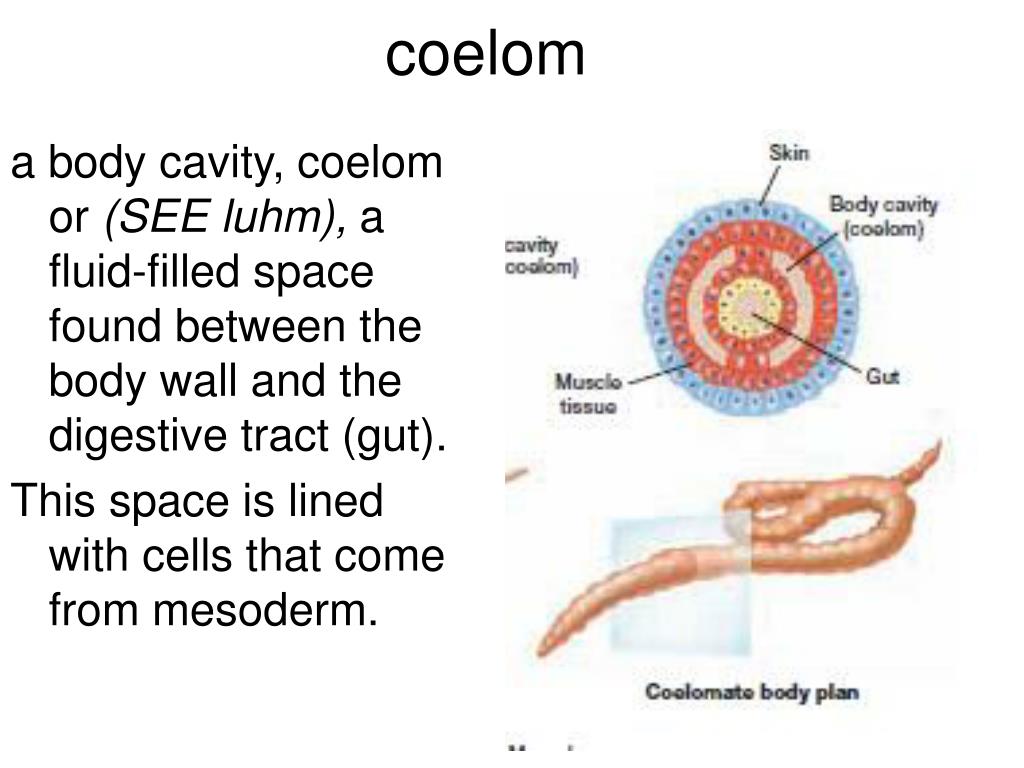
bassiana grown in the presence of water stress imposed by high glucose concentration (140 g/L) rendered considerably smaller, spherical blastospores with improved virulence (lower LC 50 and LT 50) to whitefly nymphs in comparison with the larger, oblong blastospores produced under low osmotic pressure (40 g glucose/L) ( Mascarin et al., 2015b). Highly aerated cultures (350 rpm with shake flask cultures) of B. The reduction in water activity of the liquid media has been associated with an increase in spore production by various EPF ( Humphreys et al., 1989 Inch and Trinci, 1987 Kleespies and Zimmermann, 1998 Ypsilos and Magan, 2005). This situation suggests that oxygenation and osmotic pressure of the culture broth play an important role in blastospore yield. bassiana, resulting in a less viscous broth and more blastospores. In addition, high glucose concentrations in the liquid media promoted better oxygen transfer rate or oxygenation in liquid cultures of B. fumosorosea (Mascarin, unpublished data). bassiana ( Mascarin et al., 2015b) and I. This phenomenon has been recently observed for B. Although osmotic pressure in the liquid medium becomes high (>1.0 MPa) as water availability is reduced, there seems to be an unexpected enhancement in “yeast-like” growth for some fungal entomopathogens, which is translated into higher yields of blastospores in relation to filamentous growth.

Despite the limitation in the scaled-up production of physiologically manipulated conidia with solid-substrate fermentation, a parallel approach has been proposed with liquid fermentation, one in which the concentration of glucose or other ionic or nonionic osmolytes are increased to reduce water availability. The fungus grown under water stress conditions, for example, is capable of accumulating more polyols, which, in turn, have been associated with higher virulence and speed of germination even under low relative humidity ( Magan, 2001 Andersen et al., 2006 Rangel et al., 2008). Reducing water availability in solid substrate media has been explored as a strategy to increase endogenous reserves, such as sugar alcohols (ie, polyols), in aerial conidia grown at least on agar media whether the same phenomenon exists with solid substrate fermentation remains to be determined. Low yields pose a major constraint to the commercial physiological manipulation.

Generally, it has been shown that growth of fungi under stress conditions is associated with production of conidia with increased stress tolerance but also accompanied with very low conidial yields that do not favor commercial production ( Rangel et al., 2015). Physical, chemical, and nutritional conditions can be altered during fungal growth to manipulate endogenous reserves for production of propagules with improved stress tolerance to abiotic factors and virulence to insect pests ( Jackson, 1997 Magan, 2001 Rangel et al., 2015). Several recent studies have identified an alternative approach in manipulation of fermentation conditions to improve environmental stress tolerance (reviewed by Jaronski, 2013). Other researchers have altered fungus properties through genetic modifications. Formulations can be devised to compensate for the limitations of a strain to a variable level of success. Screening programs aim to identify strains with suitable attributes to meet a particular situation. Mascarin, in Microbial Control of Insect and Mite Pests, 2017 9.5.5 Affecting Propagule Attributes by Environmental Manipulationįungal spores have a range of environmental factors (temperature, humidity) that affects their efficacy.


 0 kommentar(er)
0 kommentar(er)
